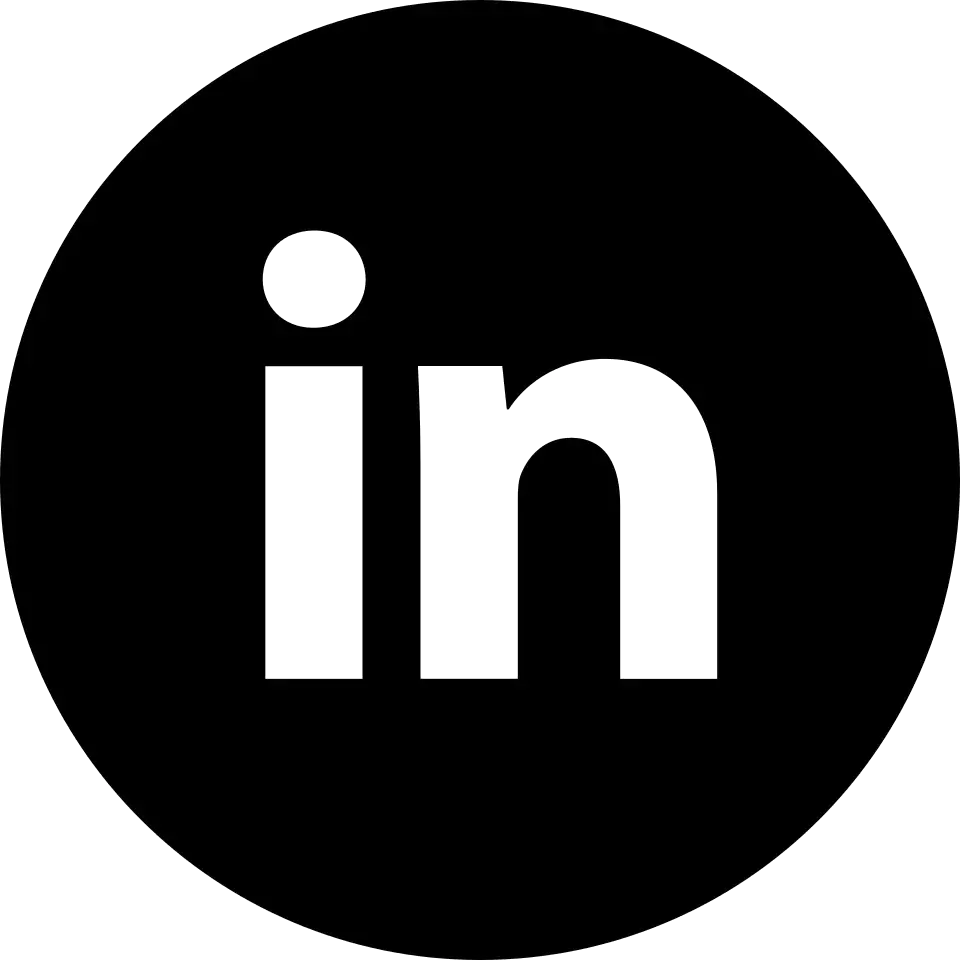Competencies for Leaders and Women Leaders of the Future. Take the right direction.
There has been a lot of talk recently about the competencies of the future. In the same context, two buzzwords are increasingly resounding: reskilling and upskilling. And all this in the setting of working with talent, because research shows that improving our talents and superpowers has more benefits than continuously working with our areas for development.
The topic of competencies of the future is not just a trendy phrase repeated on Social Media. In times of 4 Industrial Revolution, in the world of VUCA and in fact already BANI looking at this area is a necessity.
Developing the competencies of the future is one of the pillars of taking care of your own future. See what the other two are in an article on this topic.
WEF (World Economic Forum) points out these TOP 10 competencies of the future:
- Analytical thinking
- Creative thinking
- Artificial intelligence and big data
- Leadership and social influence
- Resilience, flexibility and agility
- Curiosity and lifelong learning
- Knowledge of technology
- Design and user experience
- Motivation and self-awareness
- Empathy and active listening
In addition, data from the same report shows that by 2025, as many as 50% of workers will need to retrain to meet new labor market demands. This is a result of the transformation of many job roles under the influence of automation and other technological processes.
So this is the time for you, for your companies, to be constantly curious about what is new, unlearn the old, learn the new, and look to the future with courage. Take advantage of all possible and available ways for you to learn and grow. .
“He who does not go forward, goes backward” J. W. Goethe.
The following is a strategy along with a description of specific tools you can use to be proactive, giving you an edge in the face of the coming changes.
1. Map the competencies that are critical to you and your organization today
Objective: Identify and understand the current skills, knowledge and experience of Employees
Activities:.
- Identify the purpose of your action (why are you doing it?)
- Determine key competencies (make a list of: technical skills, soft skills, specific industry knowledge)
- Define the meaning of competence (write a short definition of how you understand the competence)
- Conduct an analysis (check what competencies employees have)
Example tools:.
- AC / DC (Assessment Center / Development Center)
- Psychometric tests: ip121, Gallup Talents, Thomas
- Job Crafting
- Tests that test specific subject matter / industry / technical knowledge
- Structured interviews with Employees
2. familiarize yourself with trends – current, short-term, medium-term
Purpose: Prepare for change, make better decisions, build competitive advantage
Activities:
- Keep up to date with trend reports
- Conduct a trend workshop
- Get expert consultation
Materials:.
- TrendRadar (Monika Borycka)
- infuture.institute (Natalia Hatalska)
3 Map out the competencies of the future, critical to you and your organization
Objective: To identify the skills that will be required in the future.
Activities:.
- Identify the purpose of your action (why are you doing it?)
- Analyze trends (see point 2)
- Make sure you know what the organization’s goals are (update: mission, vision, strategy)
- Identify the key competencies of the future (make a list: technical skills, soft skills, specific industry knowledge)
- Define the meaning of competence (write a short definition of how you understand the competence)
Materials:.
- Report: World Economic Forum, Future of Jobs Survey 2023
- https://raportfuture.pl/
- http://umiejetnosci2030.pl/
4 Explore competency gaps
Objective: Identify the competency gap.
Activities:.
- Compare current employee competencies with those required and desired.
Tools:.
- AC / DC (Assessment Center / Development Center)
- Psychometric tests: ip121, Gallup Talents, Thomas
- Job Crafting
- Tests that test specific subject matter / industry / technical knowledge
- Structured interviews with Employees
Important: If it’s more convenient for you, you can skip step No. 1 (Map the competencies that are critical to you and your organization today) and include it in this action step.
5. Explore your strengths and talents
Objective: Identify and enhance talents and superpowers.
Activities: .
- Identify strengths and talents (yours, Team’s, Organization’s).
Tools:.
- Job Crafting
- AC / DC (Assessment Center / Development Center)
- Psychometric tests: ip121, Gallup Talents, Thomas
- Tests that test specific subject matter / industry / technical knowledge
- Structured interviews with Employees
Important: Don’t just focus on competency gaps. Developing your competencies and being able to use your talents is super important.
6. Plan a development strategy
Objective: Create an action plan.
Activities:.
- Personalize the development plan (not everyone needs the same solutions)
- Experiment with available options (don’t be afraid to change, combine methods, use technology)
- Use a variety of tools
Tools:.
- mentoring
- coaching (individual, team, action learning)
- workshops
- masterclass
- blended learning
- blogs, podcasts, conferences
7. Time to implement – act!
8. Do regular revisions – BANI doesn’t sleep – be ready for changes and updates
If you need consultation and support in the area of competence work I invite you to contact me.
Marta Siech.
https://www.linkedin.com/in/martasiech/
Hi, my name is Thomas. I am the Co-Founder of Mentiway. We are happy to share our knowledge and support organisations on their way to success! 💪 If you are interested in how to efficiently and effectively implement a mentoring programme in your organisation using technology:








